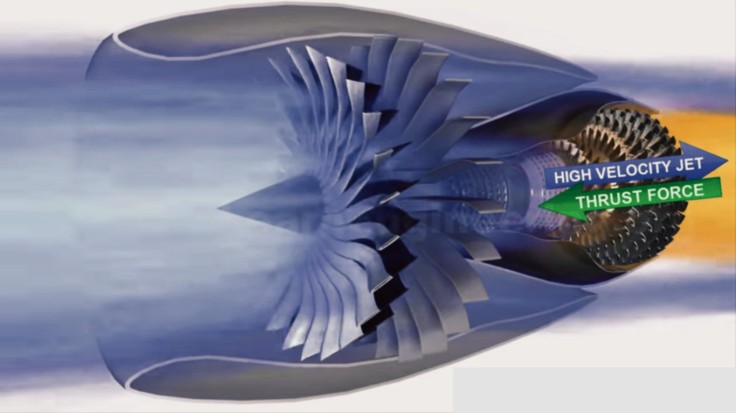Aeroplanes are amazing. You thought that it is a mystery to how they work, until now. Strap in, we are in for a bumpy ride. But first, let’s look at how birds do it.
This is mostly down to the shape of birds wings.

When the bird is flying over and under the wings have air flowing through it. The wings are thick at the front and thinner and curved downwards at the end ( kind of like the wing of an aeroplane).
This shape is called an airfoil.

Imagine kayaking along a river at a constant rate. The channel narrows and the water moves faster. Then the channel expands, and the water speed returns back to normal. This happens because the same volume of water has to travel through both spaces, so it has to speed up or slow down according to the size of the channel to maintain a constant flow of water.
Now imagine this over the wing of a bird; the wings are designed so that air on top of the wing is forced to travel faster than on the bottom, much like the example with water. This means that the air on the bottom is pushing more than the top. This results in the upwards force of Lift.


However birds aren’t stationary, their wings often flap. Flapping wings directs the wings of the bird in such a way that the bird flies forwards. This is called thrust.
How do birds have enough energy to fly all the time?
Great question. The bird has a number of adaptations to support flying; from the hollow bones, to the strong wing muscles, to the large lungs. These are also reasons why humans can’t fly (sorry).
Now we will look at how passenger aeroplanes fly (the ones you get on to go on holiday).
I always thought to myself how people from let’s say 100 years ago, imagined that humans would fly. Did they imagine us to suddenly sprout wings??
Did they think it was possible to tame and train human-sized birds??
Would they think that it was impossible?
Well as we see now, this is definitely possible as approximately, 5000 planes are flying right now over the US alone. You can track every single one of them here (in real time). https://www.flightradar24.com/55.57,38.77/3
There are even some apps, like plane finder, that encourage you to stick your phone in the air, and it will find the nearest plane to you.
Amazing, right??
Anyway, planes have the same airfoil shape as birds (look at the above images), this is copied directly from nature and this gives the plane its ‘lift’ factor. However planes are not any good if they just go up and down, so how does it cover its ‘thrust’ factor?
(Copying nature is called biomimicry which might be covered in a later post. *wink*)
If you have ever been on a plane – or seen a picture of one- you will know that on their wings there are turbofan engines. These mix the air around them with fuel and set alight by an electric spark. This creates a controlled explosion that turns turbines in the engine, and this gives the plane its thrust force.

The planes also have flaps that move according to if the flight is in takeoff/landing or in normal flight.
To navigate the plane, some of the flaps on the tail of the plane can be used (rudder/elevators). These are all directly attached to the cockpit of the plane.
If the plane wants to land, it has increased its surface area. The planes do this by opening every flap on the wings of the plane while directing the rudder/elevators at the back to point downwards.

So, are you intrigued by planes?
Would you like to fly one?
Or would you rather take a car?
Let me know in the comments below.
Make sure you have subscribed, to become a Sophisticated Thinker (below/ sidebar)
Aaaaaaaaaaaaaand,
Happy Thinking!!
images via google/ youtube

Yes, I would like to own a flying plane please 🙂
LikeLike